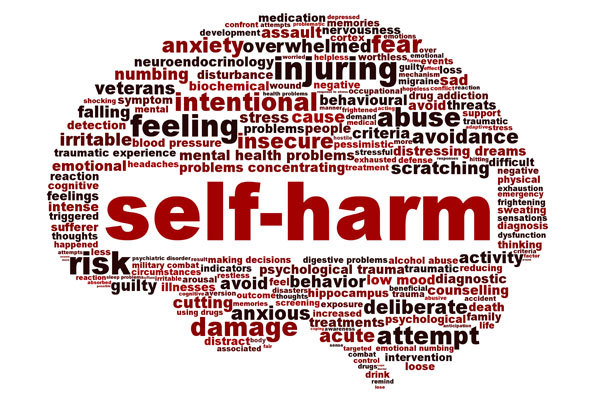Working with teenagers that have experienced trauma, I've come across many that use self-harm as a way to cope with their pain. Some hurt themselves to feel like they have control over their life and body. Some hurt themselves as a cry for help. Some hurt themselves as a way to relieve emotional pain. There are a multitude of reasons why people harm themselves, yet even with all of the information available now explaining self-harm, it's still very misunderstood. Teens are very susceptible to using self-harm to cope, especially if they have experienced trauma, so if that is a population you are interested in working with, I urge you to do research on it.
When working with a teen that self-harms, some of the first steps we take are figuring out together their triggers that lead to self-harm, how self-harm is a tool for coping to them, and how they feel after they self-harm. From there, we are able to move forward to begin finding alternatives. As a helping professional, your first urge may be to tell clients how unhealthy it is and how they need to find alternatives to coping, but you must remain calm. It is not an easy thing for people, let alone teens to share, and doing something like that may lead to feelings of shame and guilt. So please, take a breath, and DON'T panic. It may be shocking, especially if they show you their injuries, but remember that they are sharing their pain for a reason--to get help.
Something I've found to be very successful is this Distractions list, provided by the National Self Harm Network. The list contains a myriad of alternatives to choose from when feeling the urge to self-harm. What I love most is this list is that the distractions are listed into different categories, such as Comforting, Fun, Inspiring, etc., so that there is something of interest to everyone. Some examples of distractions include writing a to do list, popping bubble wrap, sewing, and squeezing ice cubes. The graphics are pretty cute, too :)




